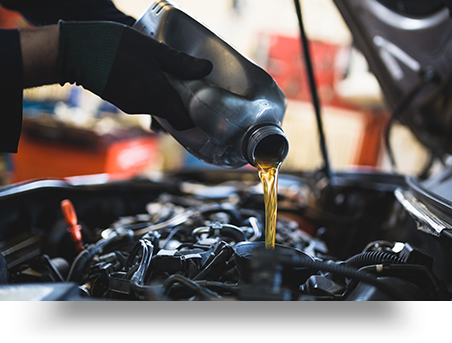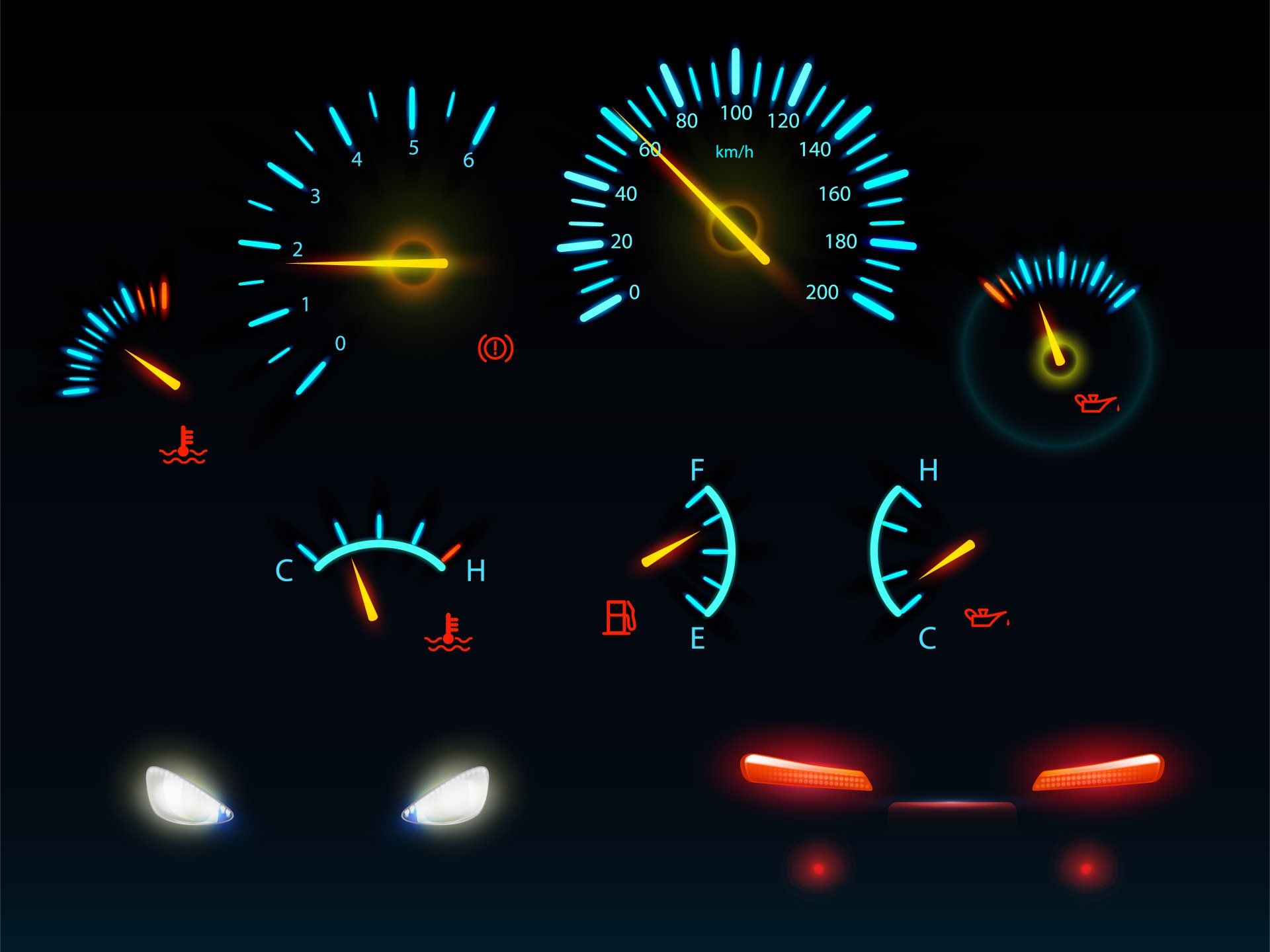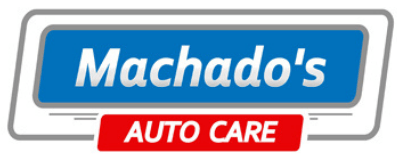
“I want it now” In today’s times, we can have whatever we want, whenever we want it…literally. I’m not that old, but I clearly recall when grocery stores closed in the evening and on Sundays, Gas stations were not open 24 hours, and TV signed-off at midnight to The National Anthem. Boy, how times have changed. We have become a society of “the now.” If you can think it, you can have it, almost instantaneously. As we speak, Amazon has same day deliveries. I want it, I order it, it’s in my hands within a few hours. That’s insane. I once responded to an ad for “Sea Monkeys” on the back of a catalog. I had to write out my information, send it by mail in a hand addressed and stamped envelope, and then wait 6-8 weeks. Can you imagine today, waiting for 6-8 weeks for anything? That’s just crazy talk. Yeah, but they can do it I hear this periodically: “They can do it, why can’t you?” And really, it seems like a logical request, and it is, on the surface. At the grocery store, there are usually 2-3 lanes set up for “Express lanes” or “20 items or less”. The reason, of course, to help facilitate those shoppers who just need to run in and run out. That’s the pits. The same can be said for the “quick-lube” which have designated lanes with “pits” (an open area built into the floor, where an attendant can walk under your car, while in the basement, drain the oil and replace the filter, all while you remain in your car). Usually there is a second or even third attendant checking your fluids and filters on the top side of the vehicle while the oil and filter is being changed underneath. While a “pit” is a wonderful thing for those such occasions, they are basically a useless space for any other time. Quick-service businesses utilize single-purpose designed buildings, and they do a good job of moving cars through in a rapid manner. Most general service shops do not have a pit because they are not conducive to car repairs, just as “quick-lubes” don’t have lifts (a stand along unit that lifts vehicle off the ground to a height that allows a technician to walk and work underneath), if they did, they’d be called “slightly-fast lubes.” It’s how we roll. In most general repair shops (shops that do all sorts of repairs), we use lifts to bring the vehicle off the ground and up to a height of comfort for the given repair. An oil change requires raising it all the way up to make it easy for a technician to walk underneath, to drain the oil and change the filter and also to access all the areas for inspection – things like the suspension, steering, brakes, and tires. Slower but more thorough. The process of raising the vehicle takes several additional minutes. Since we perform many visual inspections , adjusting tire air pressures, and in some cases brake measurements, our process takes a little more time that what they do at the quick-lubes. Some things should not be rushed. I don’t want to discount the quick-lubes as they have their merits however, in most cases, the employees are not ASE Certified Technicians. That may or may not matter to you, but when we’re talking about insuring the most important fluid change on your vehicle, how rushed, or inexperienced, do you really want the person doing it? It seems to be, since we expect so much from our cars , and things seem to randomly fail on them, that you would want a well-qualified pair of eyes and hands performing the repairs and inspecting your car to make sure everything else is okay. To make sure the proper parts are tight, the proper fluids are replaced, and to check the vehicle over to have piece-of-mind that it can go another 3000-5000 miles without a major failure. Time keeps on slipping. In most cases, from the time we write up the service order, change the oil, complete the courtesy vehicle inspection, make necessary adjustments, to the time we hand back your keys, it usually takes about 30-40 minutes - in most cases. Every now and then it might take 50 minutes or more if we do a deeper inspection or have trouble with a filter removal (usually because of improper installation from the last “quicky”). However, the only reason we perform them that fast is to get you in and out as quickly as possible, within reason. If we had our choice, we would take a little more time – to allow the engine to cool down a bit so our Technicians would not get burned by the hot oil and filters and also, to allow a more thorough inspection. When you leave your car with us (rather than wait), it’s not unusual for us to take over an hour to do the complete service. The simple reason is that we do not want to rush something that is of such extreme importance. Even though we feel the oil change service has wrongly been discounted down to a simple commodity by the marketers, we still take pride in not taking shortcuts and insuring the Technician has the needed time for a proper inspection. Oil and filter changes are very important , and we do not want something so important to be “freaky fast”… leave that for the sandwich deliveries. Share, please. If this has been of value to you, please comment and share on social media. Contact Rich Machado is an ASE Certified Master Technician, an AMI Accredited Automotive Manager, and a veteran of the automotive industry since 1983. Rich opened Machado’s Auto Care in Livermore CA in 1995 and Machado’s Auto Care in Garland, Texas in 2016. Please contact Rich Machado directly at www.AutoRepairGarland.com/ContactUs/ for questions or comments.

“Why is my check engine light on?” I get this question almost daily. Since 1979, manufactures have put computers in cars, but still, every day, I'm asked to explain why a check engine (CE) light comes on. It’s a simple question, but requires a complex and lengthy answer. However, we don't have time for that, so I'm going to try and make it a little easier to understand. I could write paragraphs of technical jargon, but in the simplest terms; Your car has a computer – actually, it has many…upwards of 20 or more. Your computer has one single way of letting you know how it’s feeling. We call it; the “Check Engine” (CE) light. If the light is off – the computer is happy (for the moment). If the light is on – the computer is unhappy (for the moment). Not all CE lights look exactly like this one, but this is the most common design. The happy camper. When we start our cars, several warning lights on the dash come on and usually stay on from a second or two, to maybe even 10 seconds. We won’t get into what all the lights mean right now, but regarding the CE light, it should come on and stay on for about 2-3 seconds. On your specific car, if it stays on for more (or less) time, that’s okay, just as long as it comes on when you start the car, and as long as it goes off after a few seconds. If it does – comes on and then goes off - the computer is happy…for the moment. Why does it come on when I start the car? It’s a test to see if you’re paying attention, kinda. The light needs to be able to illuminate to tell us if the computer is unhappy. If the light didn't work, the computer could be very sad, but have no way to tell you. So to make sure the lines of communication are open, the bulb tests itself when the car is first started. Now if the computer needs to tell you something, it can. Think of it as your car saying “good morning…it’s going to be a great day today.” The CE light is on, the computer is unhappy, and I think I’m going to throw-up. Have you ever noticed that the CE light usually comes on at the absolute worst times? When you’re running late for work, or just about to take that long drive, or maybe it’s in a borrowed car that you just borrowed? It never happens when we want it too…but then again, when would anyone want it too? If the computer becomes unhappy, it should tell someone, it must tell someone, and since you are the only one listening - lucky you. Don’t fret, it’s not the end of the world, just be a good listener. Can I drive my car if the CE light is on? Yes, you can, but you probably shouldn't stop reading yet. The CE light is a “warning” light, in that it's color is amber (or yellow). Just like traffic lights that control the intersections; a green light means “proceed”, a yellow light means “use caution” and a red light means “stop now”. The lights on our dash convey the same message. Your computers are constantly monitoring your engines performance, fuel efficiency, emissions and a whole host of other things. It calculates several thousands of calculations every second. During this process, if it receives information that it wasn't expecting, it sets a “code”, and… drum roll please; turns on the CE light. Even a simple sensor failure can affect many other systems and cause other components to compensate for the one that is failing, which means those other components can’t do their job as well as they need to. No really, can I drive it? So, in regard to the question of whether or not you can still drive your car after the CE light comes on, the answer is yes but… you shouldn't. If you do , do so cautiously, and only for a very limited time - to help prevent further damage. Also remember, the CE light comes on when the computer is unhappy. If the light is on and something else makes it unhappy, it has no way to tell you, it’s already told you. The CE light won’t get any brighter, and it doesn't have a sibling to run and tell mom. Here today, gone tomorrow. Sometimes the computer sees something today that makes it sad, so it turns on the CE light. But the next morning, it feels much better and changes its mind. Sometimes the computer gets a little silly and turns on the CE light one day, and off the next, only to have it return the following day. It’s favorite game to play is to turn it on and then right before you take the vehicle to the shop, it turns it off. I think I really likes that game. This is normal and usually indicates something is starting to fail but hasn't failed completely yet. Again, don’t panic, just know that something is starting to go out, and at some point, the computer will let you know when it does, because it will keep the CE light on. If you do happen to take it in, many times we can find the problem based on the stored information within the computer, even if the CE light is not on at the moment. The computer usually does leave some bread crumbs. What is the code? Because the computer monitors so many different systems of the engine, the engineers designed the computer to store “codes”, which help to enable us to find the problem. Think of a code like you would a “scent” that a bloodhound could follow. A scent doesn't tell you where the “person” is hiding, but the dog can get a rough direction for them to start their pursuit. A code is to a technician what a scent is to a bloodhound. Code read vs. Diagnosis. Code readers are cheap and easily obtainable. Many parts stores will perform a “code read” for free and then provide a list of potential causes for that code. While a code is the first step to a proper diagnosis, it is only that, a step. We start with a code, but we end with completed tests, readings, and a proper diagnosis. More than once have I had a motorist state “I’ve replaced everything and the code keeps coming back.” Sure, you can guess at the problem and replace a lot of parts before replacing the correct one or, you can get a proper diagnosis and replace just the part(s) that is faulty. I’ve yet to see a time when a wrong guess cost less than a diagnosis, but then again, I’ve only been doing this for 30+ years. The sensors and controls of your vehicle may vary, but this is a good representation of common parts. "Maybe I need a tune-up?" Yep, you’re right, maybe you do, but regarding the code, it’s probably not even related. The term tune-up is an antiquated term, but so many people still use it, and so many people think it’s "the fix" to all that ails their car. I don’t know, call me crazy, but I prefer actually finding the problem before trying to fix it. I mean, we can throw parts at the car and hope that one of them solves the problem...how much money do you have to waste? In closing, if your CE light comes on, don’t panic , just relax and take mental notes about how the engine is running and what the driving conditions were (i.e. How long have you been driving? Were you on a highway or city streets? Are there any other lights or noises, etc?). The more information you can provide your professional, the better they can duplicate and diagnose the failure. If you must drive the vehicle, do so sparingly and try to get it into the shop as soon as you can. You know what they say; “if the computer ain’t happy, ain’t nobody gonna be happy” …or something like that. Side note: a good diagnosis may take an hour or more, and most quality shops don’t have their top technicians sitting around waiting for something to do. Be prepared to leave the vehicle for a couple hours – even though sometimes it can be done immediately and while you wait, I’d recommend making shuttle arrangements just in case. We provide local shuttles, but not every shop has that ability. Share, please. If this has been of value to you, please comment and share on social media.

